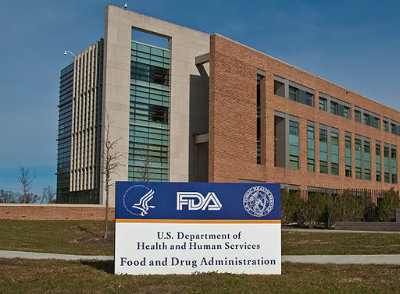Supreme Court Unanimously Affirms Enablement Requirement in Closely Watched Amgen-Sanofi Case | Fox Rothschild LLP
[co-author: Jonathan Madara]
In a much-anticipated ruling issued on May 18, the U.S. Supreme Court unanimously affirmed the U.S. Court of Appeals for the Federal Circuit’s reading of the longstanding enablement requirement of U.S. patent law in the context of antibody-related genus claims, finding Amgen’s antibody claims insufficiently enabled and therefore invalid in its long-running patent dispute with Sanofi. This holding has immense significance for the biopharmaceutical industry in the United States.
Relying on rulings from the turn of the 20th century related to the telegraph, incandescent lamp, and wood veneer, the Court reinforced the applicability of Section 112 of the Patent Act’s longstanding enablement requirement in the modern context of antibody development. The Court reiterated that Section 112(a) “requires a specification to include ‘a written description of the invention, and of the manner and process of making and using it, in such full, clear, concise, and exact terms as to enable any person skilled in the art . . . to make and use the same.’” This requirement that a patent application be sufficiently enabled is essential to secure for the general public “its benefit of the patent bargain by ensuring that, ‘upon the expiration of [the patent], the knowledge of the invention [i]nures to the people, who are thus enabled without restriction to practice it.’”
The Court summarized its longstanding enablement jurisprudence succinctly: “In other words, the specification must enable the full scope of the invention as defined by its claims. The more one claims, the more one must enable.”
The Court then applied these principles in the modern context of antibody development. Both Amgen and Sanofi hold patents that describe relevant PCSK9-targeting antibodies by their amino acid sequences; these patents were not at issue here. What was at issue were particular claims of two additional patents held by Amgen that “did not seek protection for any particular antibody described by amino acid sequence. Instead, Amgen purported to claim for itself ‘the entire genus’ of antibodies that (1) ‘bind to specific amino acid residues on PCSK9,’ and (2) ‘block PCSK9 from binding to [LDL receptors].’”
Although the Court readily found that Amgen’s specification enabled 26 exemplary antibodies it identified by their amino acid sequences in these two patents, the Court rejected Amgen’s arguments that it had enabled its broad functional claims “because scientists can make and use every undisclosed but functional antibody if they simply follow [Amgen’s] ‘roadmap’ or its proposal for ‘conservative substitution.’” The Court held these two approaches described by Amgen to “amount to little more than two research assignments… fail[ing] to enable all that [Amgen] has claimed, even allowing for a reasonable degree of experimentation.” The Court further rejected Amgen’s additional arguments that the Federal Circuit had applied a different enablement standard in the context of antibody patents than in other contexts and that such a narrow interpretation would risk “destroy[ing] incentives for breakthrough inventions.”
On the other hand, the Court also clarified “All this is not to say a specification always must describe with particularity how to make and use every single embodiment within a claimed class. It may suffice to give an example if the specification also discloses ‘some general quality . . . running through’ the class that gives it ‘a peculiar fitness for the particular purpose’… Nor is a specification necessarily inadequate just because it leaves the skilled artist to engage in some measure of adaptation or testing.”
This high-profile ruling applies longstanding principles of patent law to the modern context of antibody development. As such, the implications of this case are of immense significance for the U.S. biopharmaceutical industry.
The Supreme Court decision is available here.
Fox Rothschild will provide further analysis and practice guidance in a forthcoming Alert.
[View source.]






